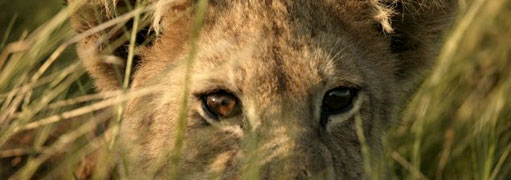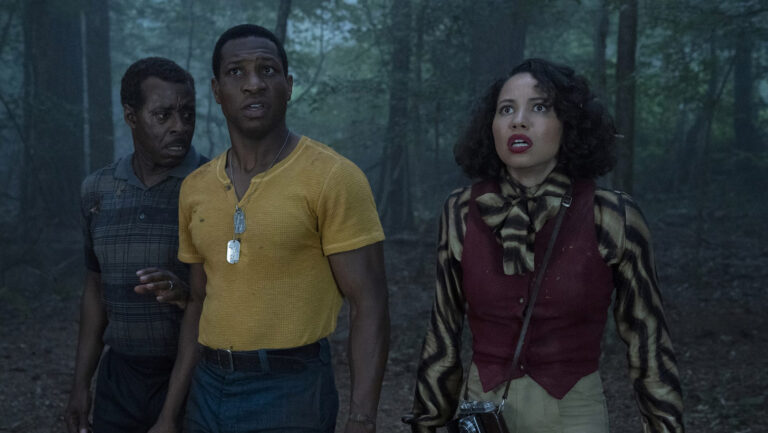Film Review: The Brutality Of Mother Nature Is Exposed In National Geographic’s Raw Nature Doc The Last Lions
March Goes Out Like A Lion With National Geographic’s Hard-Hitting Nature Documentary


we do taste kinda good.”



